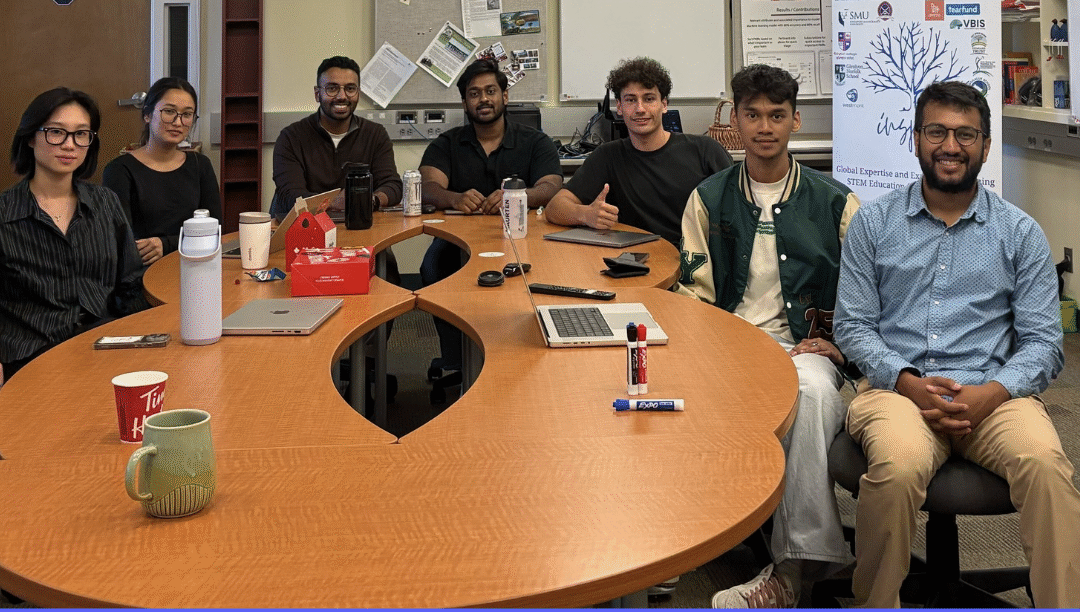This sprint, our team had our hands full tackling exciting challenges with Meaningful and Inspire-ing work. Having made solid strides with our feature in the last sprint, we began an important phase of design thinking for that feature: testing. We worked in parallel to brainstorm and begin the process of creating our new exciting feature.
With the MVP for our context-aware AI email generation feature completed, our next step was to test this prototype with real end users. To do this, we launched a research study aimed at assessing both the need for the product, and the level of contextual information users prefer when generating email summaries and responses. We partnered with several non-profits to aid in this research study wherein they were able to give feedback on different levels of context. This will help us to ascertain the amount of context needed for this feature to perform best.
We also had the pleasure of meeting our community partner Raaj, the CEO of Meaningful, to discuss future plans and draft a roadmap of our teams’ journey together. Meeting in person reaffirmed our belief that human relationships are foundational to effective software solution development, as meaningful collaboration stems from trust, empathy, and direct communication. Our meeting produced many insights and highlighted a new problem for our team to work on in the coming sprints. We set to work crafting a new problem statement, a reflection of the iterative nature of design thinking within our project.
Our early exploration uncovered a critical new problem for nonprofits: key details and follow-ups constantly slip through the cracks during their many meetings. This led us to our new focus, which is building a system to auto-capture notes, summarize them, and convert action items into trackable tasks so that no detail is ever missed. We began prototyping and gathering requirements for our next feature, an AI meeting agent to take meeting notes and derive actionable items. A major highlight of this sprint was our participation in the hackathon, which helped us make significant progress on our new feature. Although the hackathon was long and tiring, it gave us space to explore what our new feature might require. Through the different implementations from the 3 teams, we can then gather and integrate the different aspects of each team’s project.
In order to stay organized and maintain steady progress, we leveraged on JIRA for sprint planning and tracking. After the lesson on Agile methodologies with Dr Brik, we decided to follow closely with Agile methods in the next sprint. Cezar was appointed as the Scrum Master, where he helped us delegate tasks and keep track of development cycles efficiently. Overall, the sprint was both challenging and rewarding.
In the next sprint, we plan to refine the meeting feature based on insights from the hackathon and begin user testing to ensure our design effectively captures and summarizes meeting notes. We anticipate challenges around integrating AI-generated action items seamlessly into existing workflows but plan to address these through iterative testing and close feedback with our partner to ensure the solution remains practical and user-friendly.

